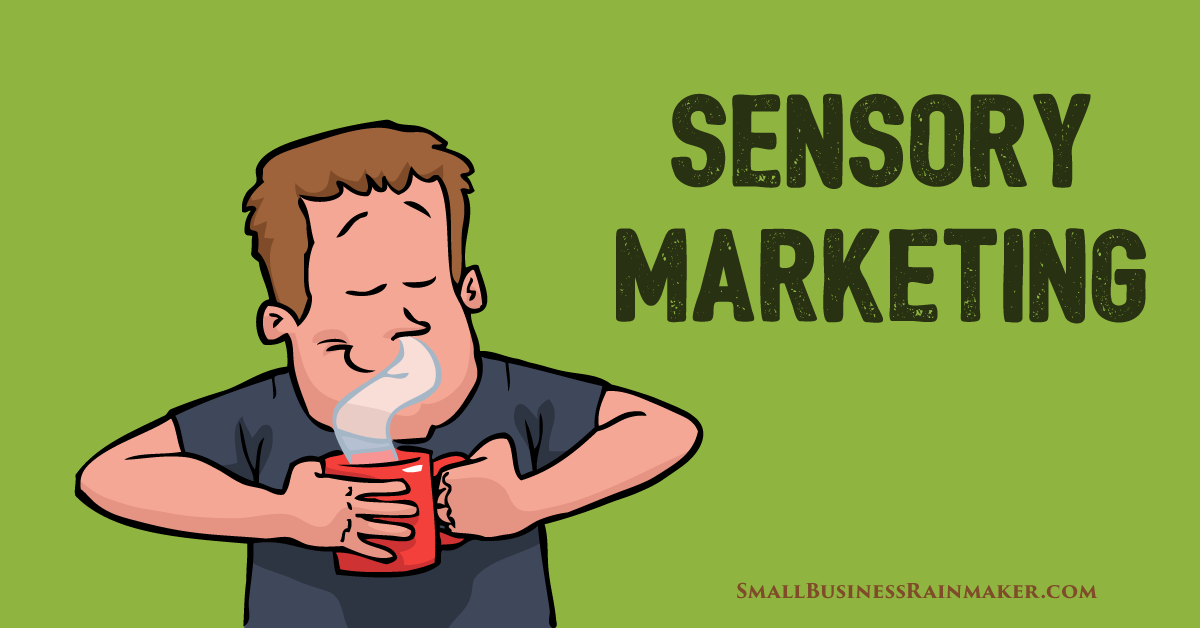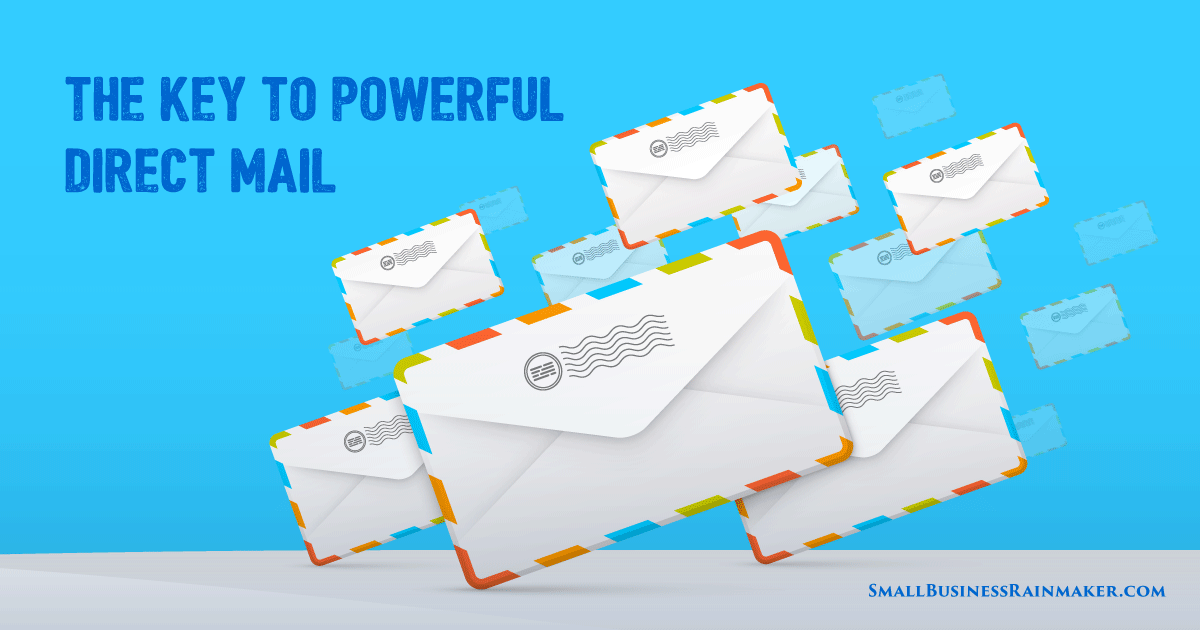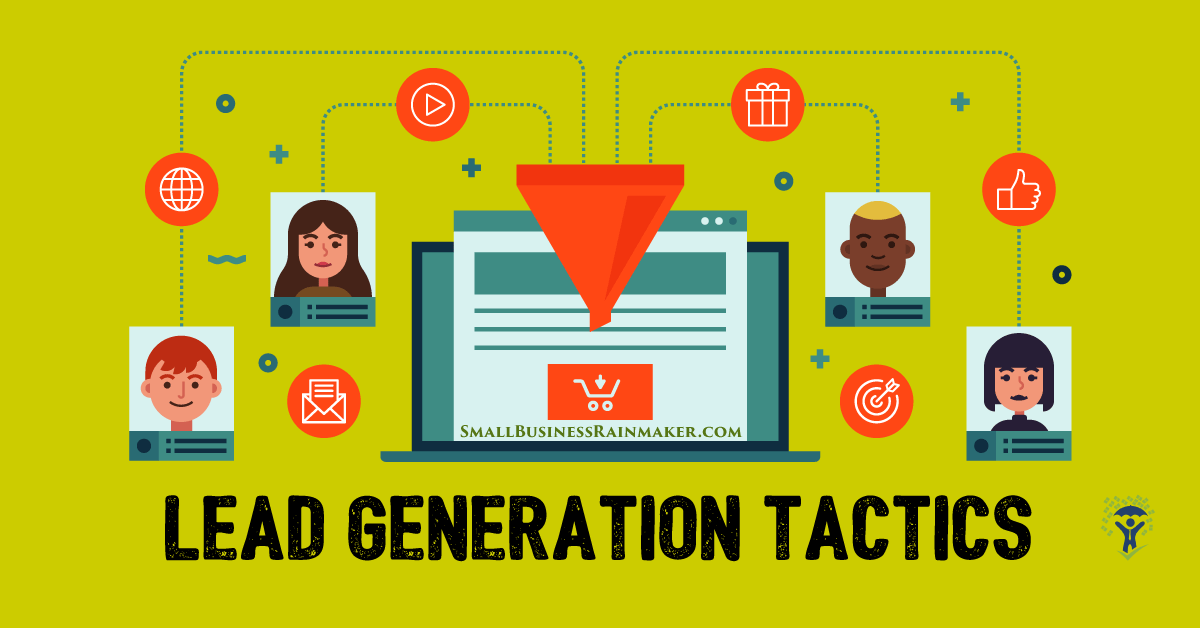
From the start of our day to the end, we’re bombarded by marketing. What to eat, what to wear, what to watch. Many potential customers are actually tuning out most marketing that they see.
How can we, as marketers, reach our target customers who are uninterested in traditional marketing? That’s where sensory marketing comes in.
How and Why Sensory Appeal Marketing Works
Also known as sensory branding, sensory marketing uses the five senses to reach consumers on a more emotional level. Recent studies in the field of embodied cognition are showing that we can make decisions based on bodily sensations without even consciously realizing it.
Marketers can leverage sensory marketing to capitalize on this opportunity, because the huge majority of advertisements, whether digital marketing or offline, now are only basic visual or audible campaigns.
How can you use sensory marketing? I’ve summarized below how each sense can be leveraged to create an emotional association in a consumer for greater sensory appeal.
Taste
As you might know, taste is broken down into five different sensations: salty, sweet, sour, bitter, and umami. You can create a sensory marketing strategy that incorporates taste in a few different ways. One common method is to promote sampling and to create a whole sampling experience for your customers.
For example, if you have brick-and-mortar stores, why not bring your customers in for a pop-up event to try a sample? Get a band, set up some selfie and Instagram-worthy spots with your brand front and center, and offer samples of your product. Consumers can get immersed in an experience that’s reflective of your product and overall company image.
Sight
In sensory marketing, sight is usually the sense that’s the most stimulated, and understandably so. Consumers can quickly spot logos, color schemes, and brands, so you have to go above and beyond these traditional methods. Why not create a marketing experience that combines two senses, like sight and sound?
You can use digital technology to create an emotional experience with your customers that will leave a lasting effect. For example, creating a virtual reality experience can give your customers different perspectives and immerse them in your product.
Touch
It’s not just children that see a new toy and want to reach out and touch it. Adults very often want to feel something out and sample it before committing. Adding touch to your marketing strategy is the most tried-and-true way to get new consumers on board with a product or service. Touch is possible by offering a sample or hands-on experience to your audience.
You can set up a booth at festivals and events, or go on a nationwide tour. Have interactive iPad stations, your product on full display, and some opportunities for consumers to try your product on the spot.
Smell
Stores have been using sense of smell for a long time to create an emotional response in their consumers. Certain retail stores have distinct signature smells that are consistent across the board. Whenever you smell that particular aroma, you remember that shop. This signature smell can be leveraged to encourage customers to adopt your product.
If your product is edible, consider setting up your store in a way that your ovens are in the front of the store, making the smell waft onto the street to bring in new customers. You can even use only certain ingredients and keep them heated so the scent lasts consistently throughout the day. Otherwise, find a scent that will be associated with your brand so it will be recognized anywhere.
Hearing
Sound is a common marketing tool and has been for a very long time. Traditionally, sound marketing has involved jingles and slogans and signature sounds. Music is a useful way of regulating or affecting people’s emotions. By changing the tempo, pitch, and volume, you can cause consumers to feel different things. Adding music to your overall sensory marketing strategy can help you reach the full spectrum of emotional responses.
Wherever your local business is situated, use listening stations, podcasts or content panels, Spotify playlists, and more. Try to combine different sensory experiences like sight, sound, and touch to truly draw in your audience.
Final Thoughts on Sensory Branding
Sensory marketing is just emerging in the field of marketing, but it is poised to revolutionize how brands market themselves and reach new audiences. By using sensory marketing, you can intensify and heighten the positive emotions that people have when they think of your brand. This is a tool that we, as marketing experts, can tap into and optimize for maximum benefit.
Think of different ways that you can use sensory marketing to engage your current consumers, expand to new consumers, and revitalize your outreach strategies. By adopting sensory marketing, you can convince more of the people sampling your product to become repeat customers.
 Professional writer and proofreader Darryl Martin works for Academic Brits. He is interested in marketing, project management, and social media trends. Lately, his focus is on exploring the psychology of marketing and how businesses can leverage different marketing strategies for success.
Professional writer and proofreader Darryl Martin works for Academic Brits. He is interested in marketing, project management, and social media trends. Lately, his focus is on exploring the psychology of marketing and how businesses can leverage different marketing strategies for success.















Leave a comment